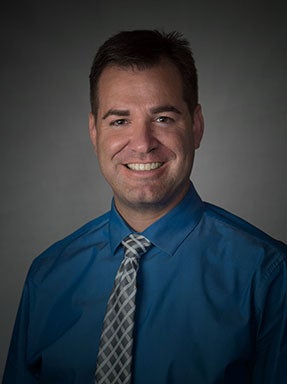Unique Approach Used in Study of Concussions
Interdisciplinary approach aims to determine the best way to recover from a concussion
The Centers for Disease Control estimates that as many as 3.8 million Americans will suffer a concussion each year. While playing sports is a common factor for this brain injury, anyone who suffers a fall or is involved in a car accident can be concussed.
New research under way at the University of Denver aims to equip doctors with new information on the risk of concussions and how best to recover from a head injury.
“We hope to discover if there is a long-term risk with having multiple concussions, but we are also hoping to discover that sweet spot when it’s okay to return to play a sport and it’s actually safe,” says Lotta Granholm-Bentley, director of DU’s newly launched Knoebel Institute for Healthy Aging.
Granholm-Bentley arrived at DU over the summer after 14 years as director of the Center on Aging at the Medical University of South Carolina. She brings to DU more than 20 years of experience in neuro-degenerative conditions and is a research professor in the Department of Biological Sciences.
“Our overall mission here is really to fortify and support research in aging-related issues,” Granholm-Bentley says. “It starts with the basic molecule in chemistry and biology, and it goes all the way to the function of the whole individual.”


















